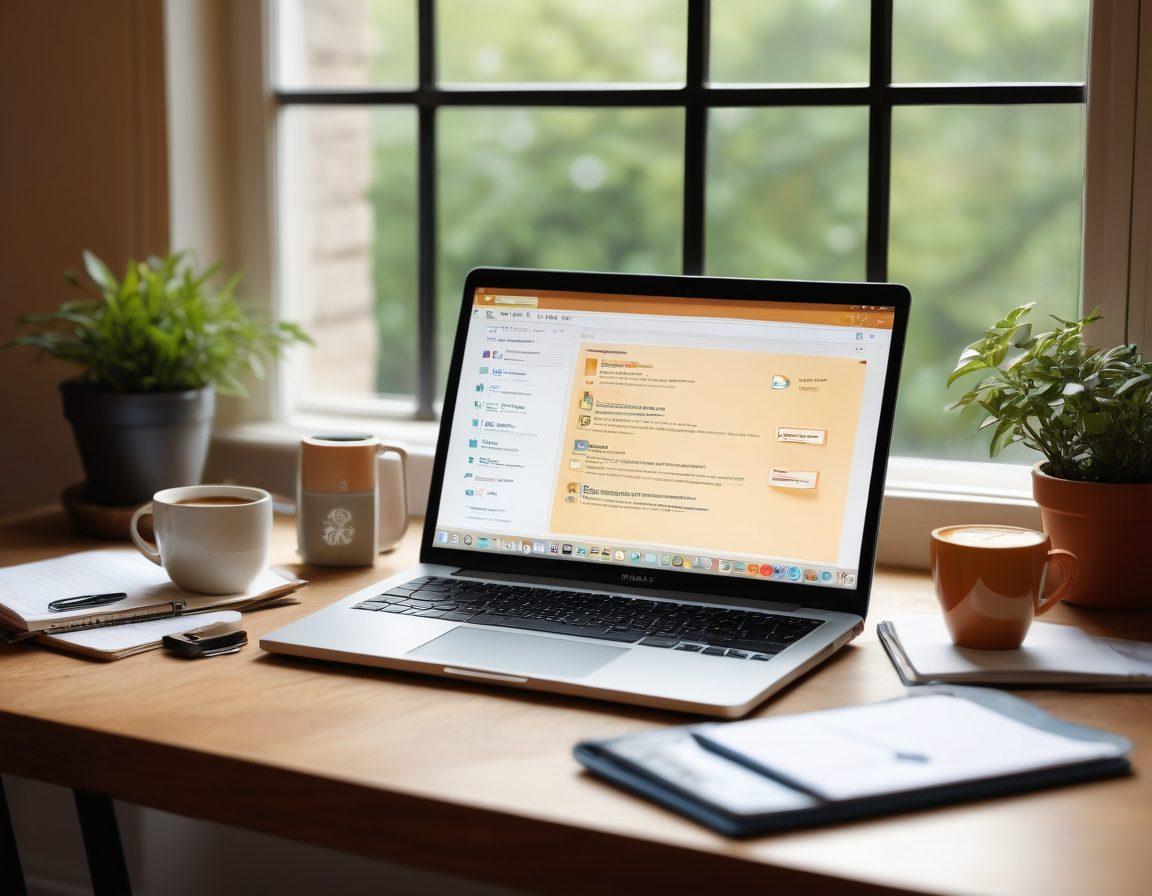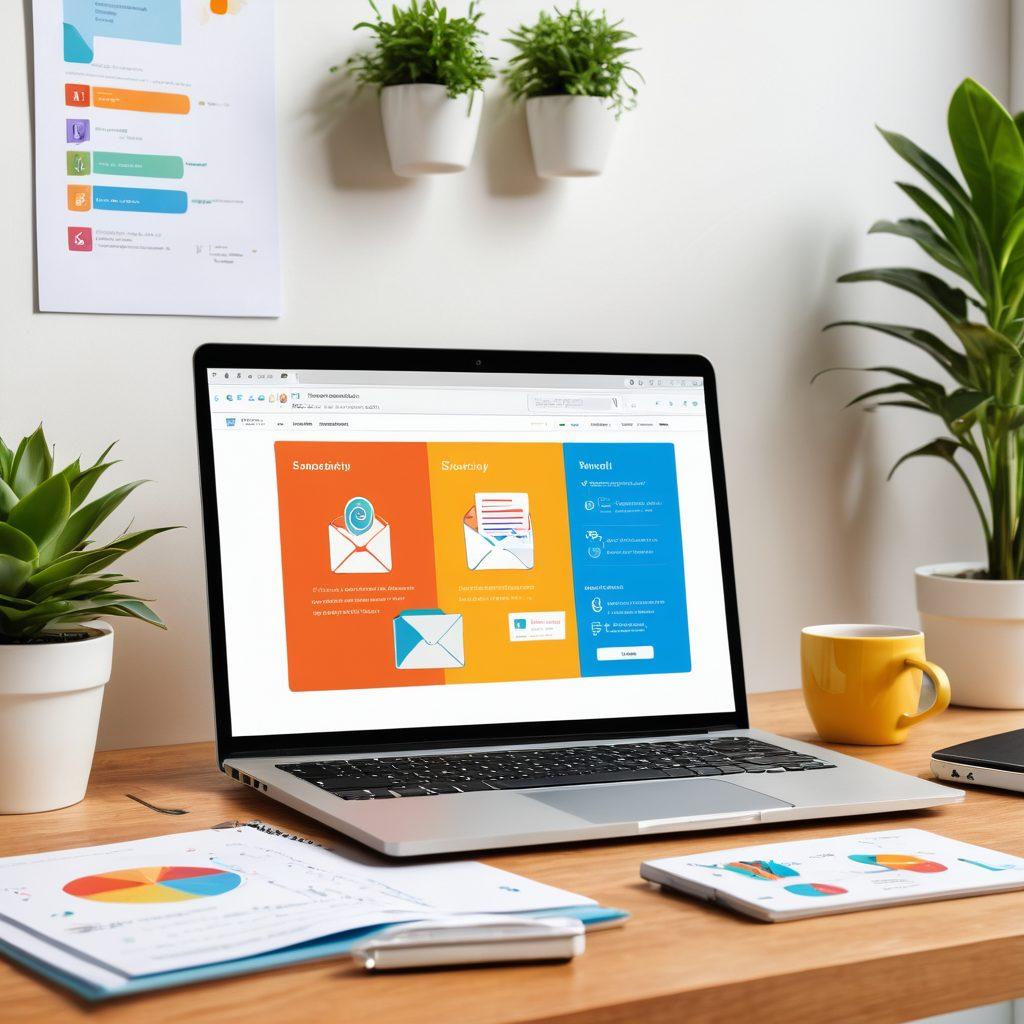Mastering Email Safety: Essential Tips for Bloggers on Email Validation and Authentication
In the world of blogging, where communication is as vital as the content itself, the safety of your email conversations can dictate the success of your online journal. With every subscriber, reader, and collaborator, comes the necessity to protect your emails from pernicious threats. Imagine waking up to find that your vital email account has been compromised! It’s a nightmare for any blogger. As we explore essential email validation techniques, let’s equip ourselves with the tools necessary to enhance email safety and maintain the integrity of our communication.
Email validation is not just a technical mumbo-jumbo; it's a fundamental practice that can save you from massive headaches. When you validate an email, you’re checking its syntax and ensuring that it belongs to a legitimate domain. This practice not only improves your email delivery rates but protects your blog community from unwanted spam. So, how do you ensure that your emails are getting to the right audience? Simple! Implement an effective email confirmation process. By asking your subscribers to confirm their email addresses, you can filter out fake accounts and potential threats, thereby tightening your email oversight.
Have you ever received an email that felt off? Perhaps the sender’s name was familiar, but the email address gave you pause? This is where email authentication comes into play. Implementing measures like SPF (Sender Policy Framework) and DKIM (DomainKeys Identified Mail) helps ensure that the emails you receive are from verified sources and not malicious impersonators. Remember, as you craft your web log with compelling content, it’s equally important to maintain email protection. A secure blog platform is non-negotiable; your audience deserves that level of security.
A chronic issue in the world of blogging is the sparse knowledge about email tracking. Many bloggers utilize email services that come with tracking features, yet they often overlook how these tools can boost engagement. By understanding who interacts with your emails—whether they are clicking links, sharing your blog posts, or unsubscribing—you gain insights that can tremendously enhance your blog writing strategy. It’s not just about sending emails; it's about creating meaningful connections that resonate with your readers, ensuring they feel valued and engaged.
Finally, let's ask ourselves—how vigilant are we in our email administration practices? In the grand tapestry of the internet blog landscape, establishing a culture of email integrity is crucial. Regular audits of your email lists, paired with continuous education on the latest email safety protocols, can empower you as a blogger. The journey of blogging does not merely end with hitting 'publish.' It extends into nurturing your email relationships while safeguarding them from potential breaches. So, let’s rise together in the blog community and transform our email practices into a fortress of protection.
Fortify Your Online Journal: The Ultimate Guide to Email Authentication Best Practices
In the vast expanse of the blogging universe, maintaining the integrity of your digital blog is crucial. With your thoughts and ideas broadcasted to the world, email safety should be at the forefront of your blogging strategy. Ever thought about how a simple lapse in email authentication could lead to a disaster for your online journal? That's right! Essentially, without email protection, your valuable resources could be jeopardized, leading to a loss of trust from your blog community. Let’s delve deeper into the vital email practices that can save your web log from impending doom.
At the heart of email safety lies the concept of email validation. This process is akin to a bouncer at a club, ensuring that only the right guests gain access. Now, imagine if your blog platform welcomed a stream of invalid or spammy emails! The consequences could be catastrophic. A helpful approach for bloggers is to employ email confirmation systems that validate the authenticity of new subscribers. This not only streamlines your email administration but also reinforces the email integrity of your communications with your audience.
But why should you be concerned about email tracking and oversight? Picture sending out a heartfelt newsletter to your readers, only to realize that a significant portion of your emails never reached them due to flaws in the email validation process. It's like speaking into a void! Engaging with your audience effectively means ensuring that your emails don't fall into the black hole of the internet. Thus, embracing techniques for email confirmation and validation can enhance your reputation as a blogger and create a more vibrant connection with your followers.
Now, let’s take a moment to ask ourselves: how confident are we in our email systems? Are we aware of the evolving tactics employed by malicious entities? Email authentication is your best line of defense. It strengthens your domain against impersonation, boosts deliverability rates, and confirms to your subscribers that they’re receiving content directly from you, the trusted source. Don’t you agree that in the realm of blogging, trust is as valuable as the content itself?
Finally, the journey toward mastering email safety doesn’t have to be a lonely one. As you navigate the ins and outs of blogging, remember that you’re part of a larger blog community sharing similar hurdles and triumphs. Engage with fellow bloggers, share experiences regarding email oversight, and seek advice on how they tackle email safety. Arm yourself with knowledge, utilize various email services that prioritize email protection, and watch how your online journal flourishes! Take action today and ensure that every email you send reflects the quality and commitment you pour into your blog writing.
Protect Your Blog Community: Vital Tips for Ensuring Email Integrity and Safety
In the digital landscape of blogging, the power of an email can’t be underestimated. Imagine waking up to a comment on your latest post, only to discover it’s a phishing attempt disguised as a sincere message. Scary, right? This is where email validation and email authentication play crucial roles in sustaining the integrity of your blog community. As bloggers, we are not just writing for ourselves; we are creating a web log where trust is the currency. In this post, we’ll uncover vital tips for ensuring email integrity and safety, making your online journal a safer place.
First things first, let’s talk about the importance of email validation. What does it really mean? Simply put, email validation is the process of ensuring an email address is valid and deliverable. According to researchers, nearly 30% of all emails sent face the unfortunate fate of bouncing back, mainly due to invalid addresses. Keeping your mailing list up to date through regular email confirmation checks can save you from losing valuable blog community members. Plus, it enhances your email protection strategies by reducing the chances of encountering spam or fraudulent emails.
So, you might ask, how do I ensure my blog platform has robust email validation processes? A fantastic starting point is integrating third-party email validation services. Not only do they automate the process for you, but they also offer real-time email tracking and assessment. More importantly, they can flag suspicious emails that may threaten your email safety efforts. Remember, the objective isn't merely to collect email addresses; it's about fostering a vibrant blog community where everyone feels safe and valued.
Now, let’s move on to email authentication—the second critical aspect of protecting your digital blog. Think about it: would you ever send a letter without signing it, confirming that it’s authentically yours? In the same vein, implementing email authentication such as SPF, DKIM, and DMARC protocols adds a protective layer to ensure that your email correspondence genuinely comes from you. As a blogger, this oversight can help encourage reader engagement while simultaneously dissuading spammers from exploiting your blog's name. Isn’t that reassuring?
Lastly, let’s embrace the notion of ongoing email administration. While it may seem tedious, regularly reviewing your email lists and outreach strategies is key to maintaining email integrity. Are you monitoring who your followers are? Are your email templates up to date with a clear call-to-action? Prompting your blog community to actively engage, validate their interests, and confirm their subscriptions not only keeps your community thriving but also reinforces the very foundations of email protection. As you navigate this blogging journey, remember: a proactive approach to email safety will ultimately create a more connected, trusting, and vibrant community.


